Introduction
Lighting is the secret ingredient that can transform a room’s atmosphere entirely. Among the various lighting techniques, soft lighting is especially effective for creating a calming, inviting ambiance. Whether you want to unwind after a long day, host an intimate dinner party, or simply create a serene environment for everyday living, the right layers of soft lighting can set the perfect mood.
I vividly remember my first foray into layering soft lighting. My living room, though stylishly furnished, always felt stark and overly bright due to the harsh overhead fixture. It wasn’t until I added table lamps with warm bulbs, a dimmable floor lamp in the corner, and string lights tucked into a bookshelf that the space began to feel cozy and comfortable. Each layer brought a unique element to the room, working together to create a perfectly balanced, soft glow. It was like flipping a switch—not just for the lights but for the mood of the entire room.
In this guide, we’ll explore how to create soft lighting layers that transform your home into a warm and inviting haven. Whether you’re designing a bedroom, living room, or workspace, these techniques will help you strike the perfect balance between functionality and ambiance.
The Perfect Design for You
Layering soft lighting is ideal for anyone who:
- Wants to create a cozy, relaxing environment for unwinding or entertaining.
- Finds their current lighting too harsh, bright, or one-dimensional.
- Is looking for a flexible lighting solution that adapts to different moods and occasions.
- Appreciates the aesthetic and functional benefits of a well-lit, thoughtfully designed space.
Imagine a bedroom softly illuminated by bedside lamps with warm, diffused light, complemented by a dimmable overhead fixture and subtle under-bed lighting for added depth. Or picture a dining area where pendant lights over the table are paired with glowing candles and ambient wall sconces, creating an intimate, welcoming atmosphere. These spaces don’t just look beautiful—they feel inviting and perfectly suited to their purpose.
Whether you prefer minimalist decor, bohemian charm, or traditional elegance, soft lighting layers can enhance your home’s aesthetic while making it more functional and inviting.
Picture Gallery
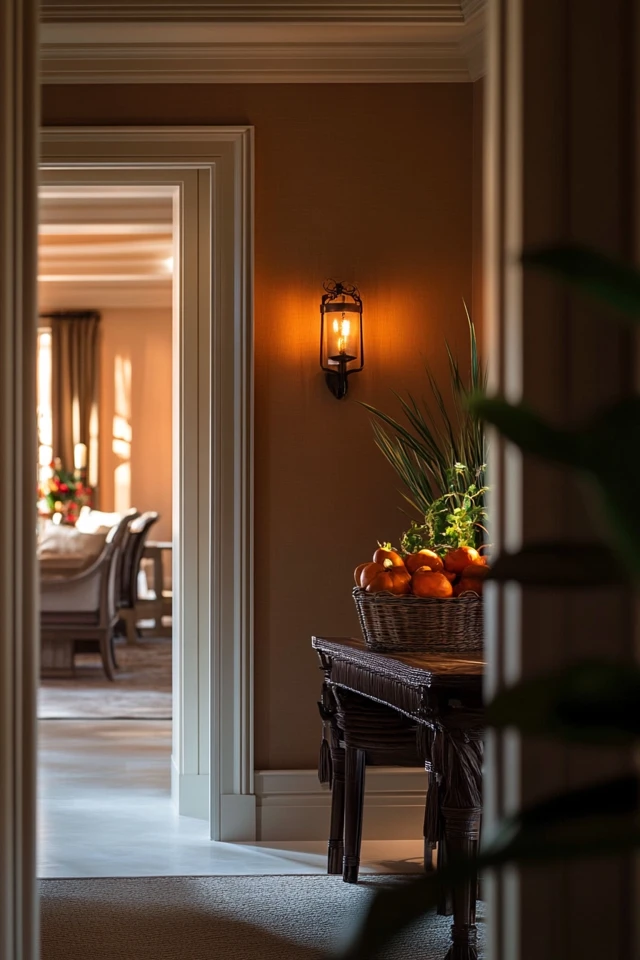
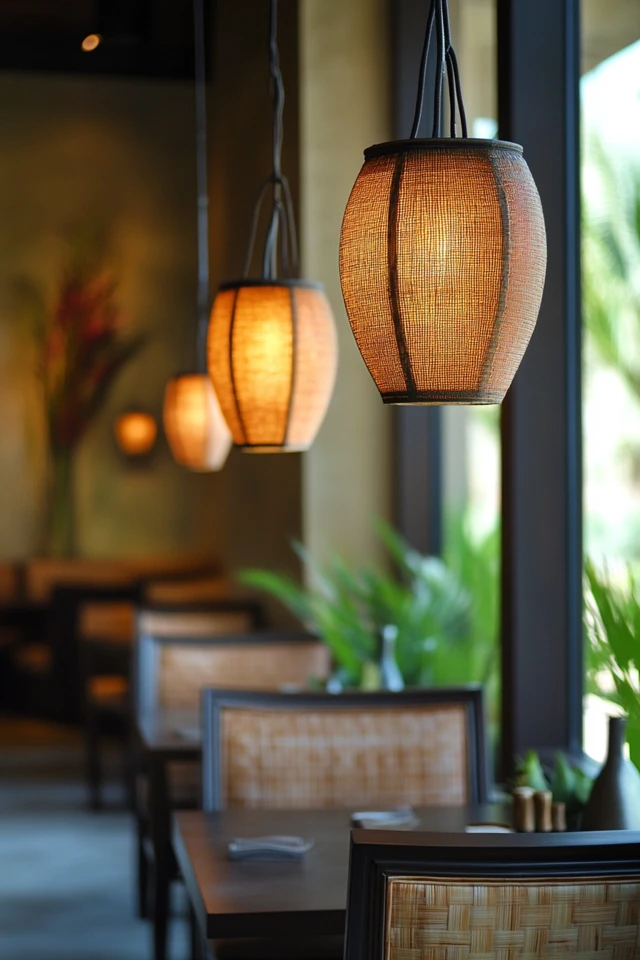

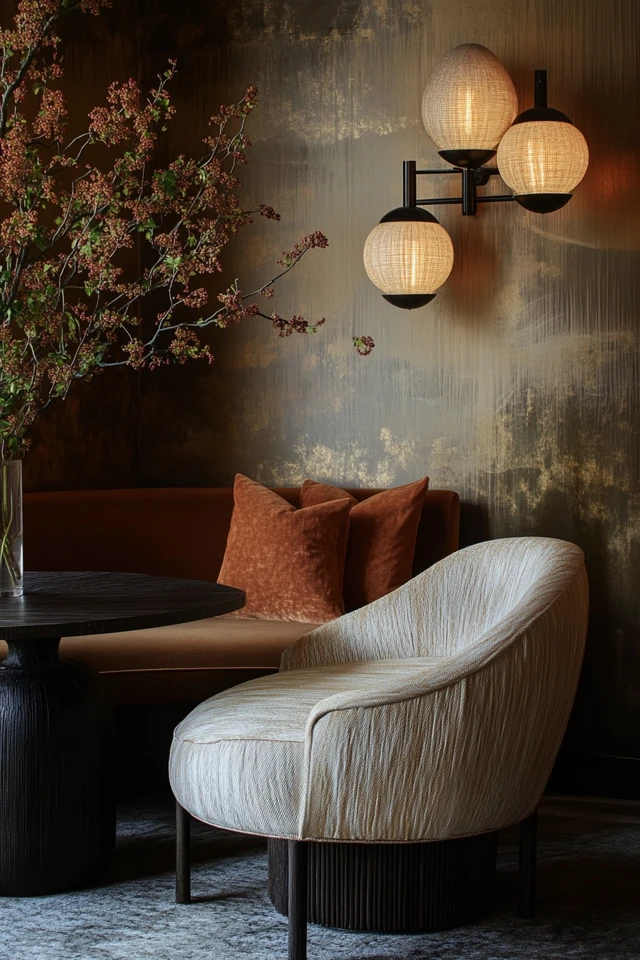
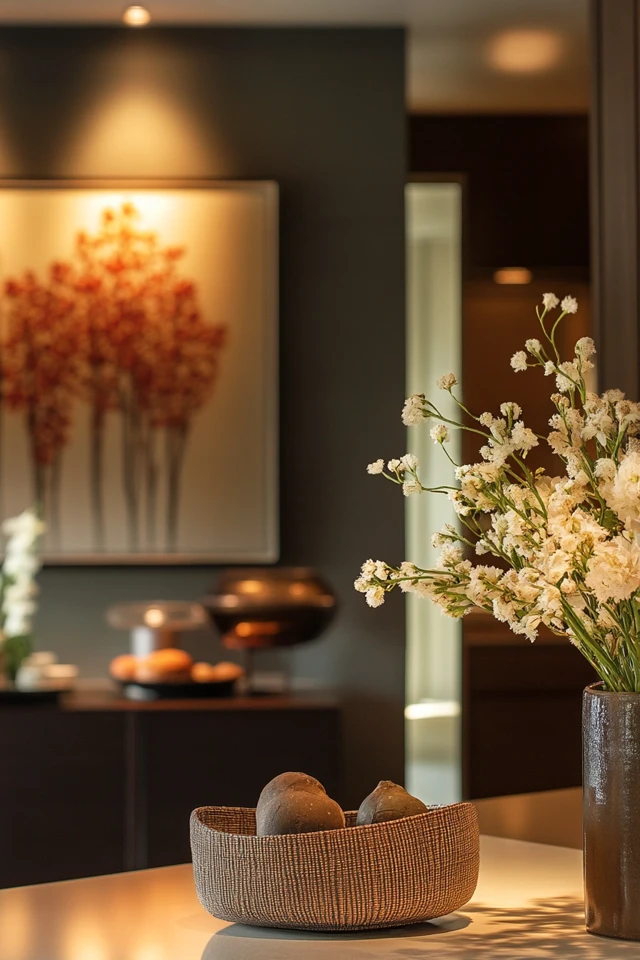
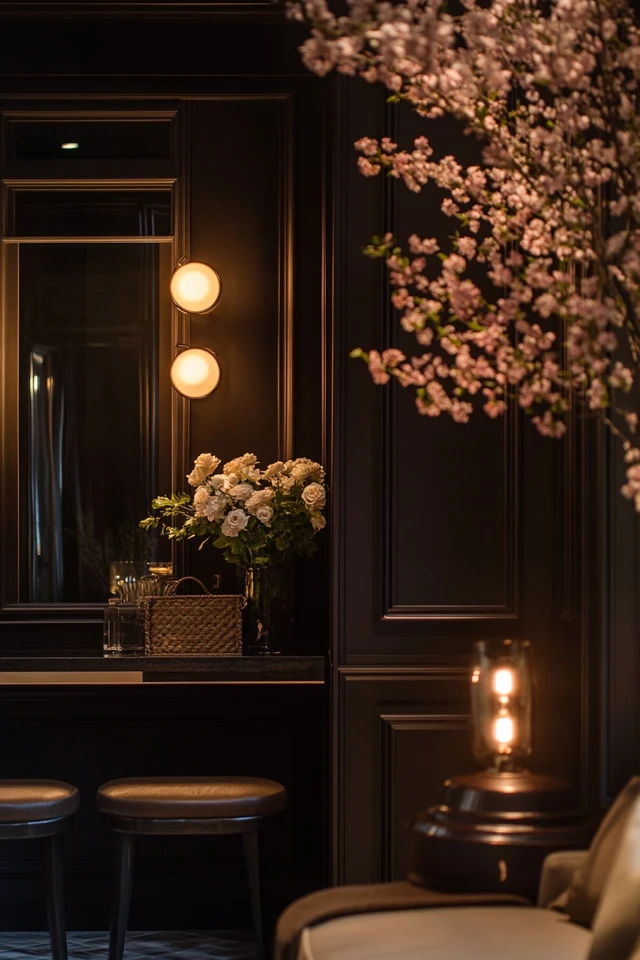
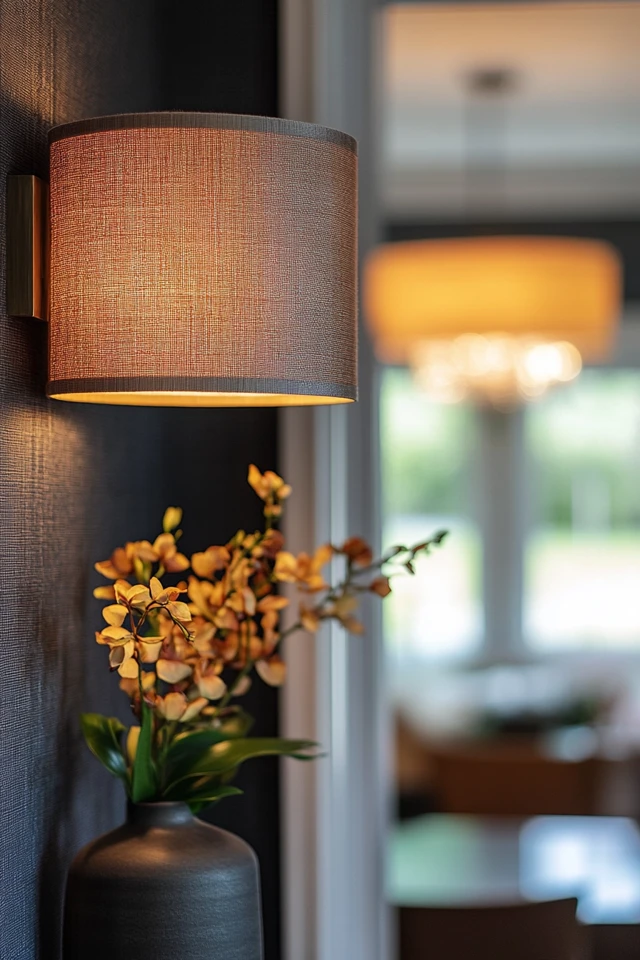
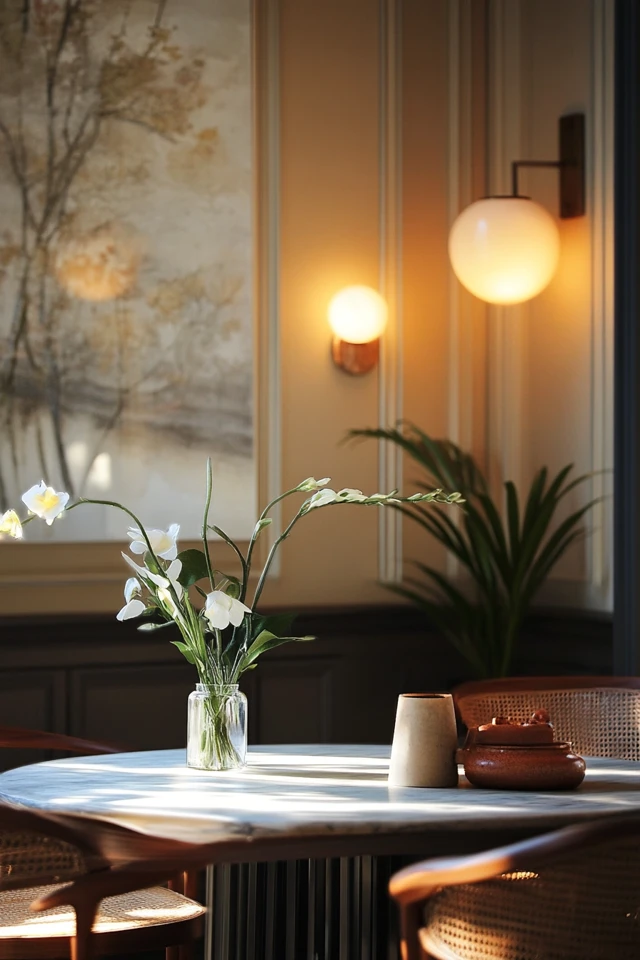
Why Soft Lighting Layers Work
Soft lighting is more than just a design trend—it’s an essential element for creating balance, depth, and atmosphere in a space. Here’s why layering soft lighting is so effective:
- Enhances Mood: Soft lighting creates a calming, soothing environment that’s ideal for relaxation or intimate gatherings.
- Adds Depth and Dimension: Layered lighting prevents a room from feeling flat or one-dimensional, adding visual interest and texture.
- Increases Flexibility: Multiple light sources allow you to adjust the brightness and mood of a space, making it versatile for various activities.
- Improves Functionality: Different lighting layers, like task, ambient, and accent lighting, ensure your space is both beautiful and practical.
- Softens Shadows and Harshness: Diffused light reduces glare and harsh shadows, creating a more flattering and comfortable atmosphere.
Soft lighting layers are like the perfect soundtrack for your home—subtle yet impactful, setting the tone without overpowering the space.
How to Create Soft Lighting Layers That Set the Right Mood: Step-by-Step
1. Start With Ambient Lighting as the Base Layer
- Ambient lighting provides overall illumination for the room:
- Use dimmable overhead fixtures, like flush-mount lights or pendant lights, to create a versatile base layer.
- Opt for fixtures with diffusers or shades to soften the light and avoid harsh glares.
- Ambient lighting sets the foundation for a well-lit space.
- Example: In a living room, install a ceiling fixture with a warm-toned LED bulb and a frosted glass shade for soft, even illumination.
2. Incorporate Task Lighting for Functionality
- Task lighting focuses on specific areas where you need concentrated light:
- Add table lamps, floor lamps, or under-cabinet lighting for activities like reading, cooking, or working.
- Use adjustable fixtures to direct light exactly where it’s needed.
- Task lighting ensures your space remains practical without sacrificing ambiance.
- Example: In a bedroom, place adjustable reading lamps on each nightstand to provide targeted light without disrupting the room’s soft overall glow.
3. Add Accent Lighting for Atmosphere
- Accent lighting highlights decorative features and creates depth:
- Use wall sconces, picture lights, or LED strips to emphasize artwork, shelves, or architectural details.
- Choose warm, dimmable lights for a subtle, sophisticated effect.
- Accent lighting brings character and dimension to your space.
- Example: In a hallway, install wall sconces with frosted shades to cast a soft glow that highlights framed photos or artwork.
4. Use Multiple Light Sources
- Combine different types of lighting for a layered effect:
- Mix ambient, task, and accent lighting to create a well-rounded design.
- Ensure each light source serves a specific purpose, from functionality to mood-setting.
- Multiple light sources allow you to tailor the lighting to your needs.
- Example: In a dining room, use a chandelier for ambient light, pendant lights over the table for task lighting, and candles for accent lighting during meals.
5. Opt for Warm Light Bulbs
- Choose bulbs with a warm color temperature (2700K–3000K):
- Warm light creates a cozy, inviting atmosphere that’s ideal for soft lighting layers.
- Avoid cool or daylight bulbs, which can feel harsh or clinical.
- The right bulb temperature is key to achieving the desired mood.
- Example: In a living room, replace bright white bulbs with warm-toned LED bulbs for a softer, more welcoming glow.
6. Use Dimmers for Flexibility
- Install dimmer switches to adjust the brightness of your lighting layers:
- Dimmers allow you to create a custom ambiance for different moods or times of day.
- Pair dimmers with warm-toned LED bulbs for energy efficiency and versatility.
- Dimmers enhance the functionality and mood-setting potential of your lighting design.
- Example: In a dining room, dim the chandelier to create an intimate atmosphere for dinner parties.
7. Incorporate Decorative Lighting Features
- Use decorative fixtures as statement pieces that double as light sources:
- Choose chandeliers, pendant lights, or sculptural lamps that add style and personality to your space.
- Ensure decorative lights complement the overall design while providing soft, diffused light.
- These fixtures enhance both the aesthetic and functionality of your lighting design.
- Example: In an entryway, a sculptural pendant light with a fabric shade creates a soft, welcoming glow while serving as a focal point.
8. Layer in Natural Lighting
- Maximize natural light to complement your soft lighting layers:
- Use sheer curtains to diffuse sunlight and reduce glare.
- Position mirrors strategically to reflect natural light into darker corners.
- Natural light enhances the overall warmth and balance of your design.
- Example: In a bedroom, place a mirror opposite a window to amplify natural light and brighten the space.
9. Experiment With Textures and Materials
- Use lighting fixtures made from materials that diffuse light effectively:
- Opt for fabric, frosted glass, or paper shades to soften and scatter light.
- Choose textured finishes like rattan or perforated metal for subtle, decorative effects.
- These materials create a layered, tactile aesthetic while enhancing the softness of the lighting.
- Example: In a living room, use a rattan floor lamp with a linen shade to add both texture and a warm, diffused glow.
10. Personalize With Ambient Accents
- Add personal touches like candles, string lights, or LED strips:
- Use flameless candles or fairy lights to create a soft, ambient glow in smaller spaces.
- Place lighting accents on shelves, mantels, or tables for an extra layer of warmth.
- These small additions make your lighting design feel unique and intimate.
- Example: In a home office, string LED fairy lights along a bookshelf to create a cozy, inspiring workspace.
FAQ
1. Can soft lighting work in rooms with minimal natural light?
Absolutely! Focus on using multiple light sources with warm bulbs, diffusing fixtures, and reflective surfaces like mirrors to brighten the space.
2. How do I prevent a room from feeling too dim with soft lighting?
Use a combination of ambient, task, and accent lighting to ensure the space is well-lit while maintaining a soft, inviting ambiance.
3. Can soft lighting layers be energy-efficient?
Yes! Use LED bulbs with warm tones and dimmable options to save energy without compromising on ambiance.
4. What’s the best way to add soft lighting to a small space?
Opt for portable solutions like table lamps, string lights, or clip-on fixtures that can be easily adjusted or moved as needed.
5. How do I balance soft lighting with functional needs?
Incorporate task lighting where needed, and use dimmable fixtures to switch between practical brightness and soft, ambient settings.
Variations
- Modern Minimalism: Use sleek fixtures with clean lines and warm, diffused lighting for an understated, contemporary look.
- Bohemian Charm: Incorporate string lights, candles, and rattan lampshades for a relaxed, cozy vibe.
- Rustic Elegance: Combine warm-toned sconces, lantern-style fixtures, and wooden accents for a cozy, farmhouse-inspired aesthetic.
- Classic Sophistication: Use chandeliers, fabric-shaded table lamps, and wall sconces for a timeless, elegant look.
- Industrial Edge: Pair Edison bulbs with metal fixtures and warm accents for a bold, modern feel.
How to Showcase It
- Living Rooms: Layer floor lamps, table lamps, and accent lighting to create a warm, inviting atmosphere.
- Bedrooms: Use bedside lamps, under-bed lighting, and soft overhead fixtures to create a tranquil retreat.
- Dining Rooms: Combine pendant lights, dimmable chandeliers, and candles for an intimate dining experience.
- Bathrooms: Incorporate wall sconces and LED strips around mirrors for a spa-like glow.
- Home Offices: Use desk lamps with diffused light and string lights for a productive yet cozy workspace.
Occasions to Feature It
- Everyday Living: Enjoy soft lighting for relaxation and comfort in your daily routines.
- Entertaining Guests: Create a warm, welcoming atmosphere for intimate gatherings or dinner parties.
- Seasonal Updates: Add string lights, candles, or warm-toned lamps to reflect seasonal moods and celebrations.
- Special Events: Use layered lighting to set the mood for birthdays, anniversaries, or holidays.
- Nighttime Retreats: Unwind with dimmed, soft lighting in bedrooms and living spaces at the end of the day.
Conclusion
Soft lighting layers are the key to creating spaces that feel warm, inviting, and adaptable to any mood or occasion. By combining ambient, task, and accent lighting with the right materials, bulb temperatures, and fixtures, you can transform your home into a haven of comfort and style.
Whether you’re designing a new space or updating your current lighting, these techniques will help you achieve the perfect balance of functionality and ambiance. So, dim the lights, experiment with layers, and let your home glow with the soft, soothing warmth that sets the right mood every time.


